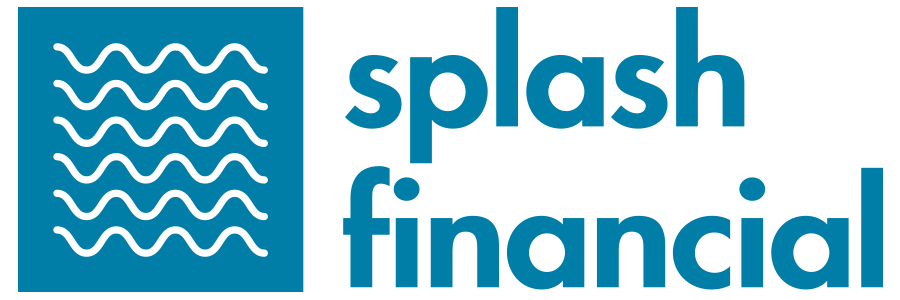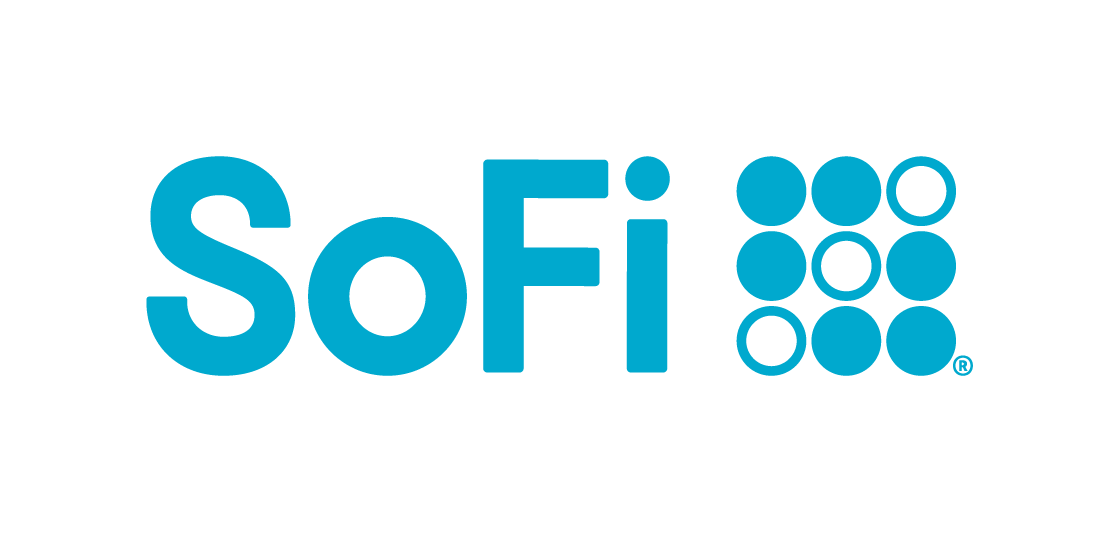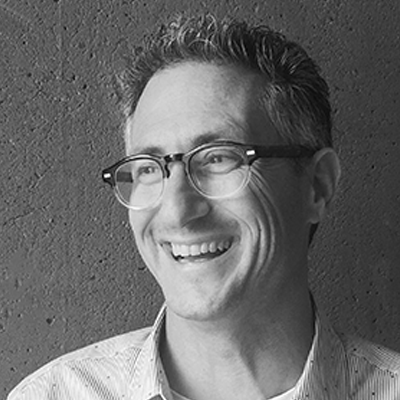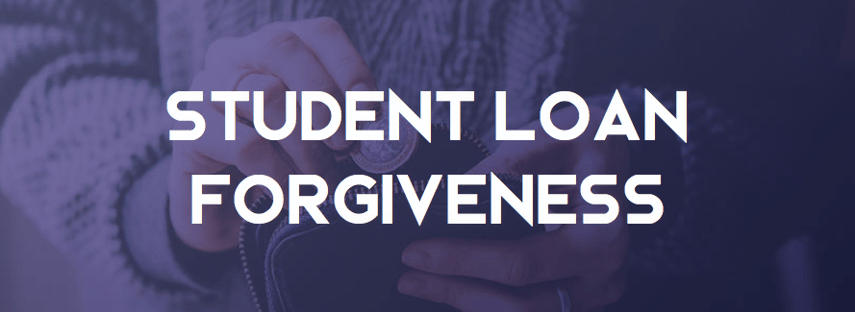The Best Student Loan Forgiveness Programs
With 44 million Americans currently dealing with student loans, borrowers are exploring every possible means to reduce or eliminate their debt. If you belong to that large and growing category, student loan forgiveness can sound like an ideal option. This prospect has gotten a lot of attention following the Obama administration’s changes to the nation’s student loan system, with more than 5 million borrowers now using plans that could lead to loan forgiveness in time.
With this excitement, however, comes some confusion – and opportunities for bad actors to take advantage of common misconceptions. A number of predatory companies have sought to capitalize on this borrower optimism. Inundating users with online ads about “Obama’s New Loan Forgiveness Program,” these businesses charge unwitting students for programs they’re entitled to for free. While many of Obama’s policies do benefit people with student loans, no program by that name exists.
In this post, we’ll set the record straight. We’ll cover the federal student loan forgiveness options available to all Americans in need, as well as those intended for specific professions. That means you’ll have tools to determine if you qualify, and the ability to choose the ideal student loan forgiveness program for you.
General student loan forgiveness programs
First, we’ll explore a variety of programs and protections that Americans can use to have all or part of their student loan balance forgiven or discharged, releasing them from the obligation to pay. While these options aren’t applicable to everyone, they don’t require you to practice a particular profession to be eligible.
Student Loan Forgiveness - Programs That Could Apply To Anyone
Program
How It Works
Forgiveness Terms
Income-Based Repayment Plan Forgiveness
How It Works
After a period of paying your loans according to your income, the government forgives your remaining debt balance.
Forgiveness Terms
Total forgiveness of your balance after 20 or 25 years of consistent income-based payments.
Borrower Defense to Repayment Discharge
How It Works
If you were mislead by your school about the education you'd receive, you could be released from your loan obligations.
Forgiveness Terms
If your claim is confirmed by the Department of Education, you could be released from all your remaining debt and even have past payments refunded.
Closed School Discharge
How It Works
If your school shut down before you could obtain your degree, you may not need to pay back your loans.
Forgiveness Terms
All or part of your debt could be discharged, but you'll need to prove you attended within 90 days of the closure of your school.
Total and Permanent Disability Discharge
How It Works
If illness or injury permanently prevents you from paying back your loans, you could be released from them accordingly.
Forgiveness Terms
You could be relieved of your whole debt balance, but you'll need to justify your claim with medical evidence.
Discharge in Bankruptcy
How It Works
If paying back your loans would constitute "undue hardship" in the eyes of a bankruptcy court, you could be released from your debt.
Forgiveness Terms
A very small minority of cases, all or part of a bankrupt person's loans could be forgiven.
Income-based repayment plan forgiveness
One of the Obama administration’s most impactful policies was the vast expansion of income-based repayment programs, which adjust your monthly payments to reflect what you earn in income. Converting your loans to this payment plan can make your loans dramatically more affordable. But there’s another substantial perk: After a period of making payments, your remaining loan balance can be forgiven.
For loans taken out to cover undergraduate studies, your loan balance will typically be forgiven after you make 20 or 25 years of payments. Your repayment period will depend on the type of educational debt you hold (for undergraduate or graduate studies), your specific payment plan, and the year in which you applied for your loans. While a couple of decades is no small amount of time, these terms give you the assurance that your debt won’t linger for the rest of your life.
Borrower defense to repayment discharge
Many higher education institutions are honest with prospective students about the education they offer and their terms for accepting student loans. Unfortunately, some schools don’t measure up to that ethical standard and may even defraud students with false information. If your school misleads you about the education you’re receiving or how much it costs, the Department of Education’s borrower defense program can relieve you of the debt you took on to pay for the cost of attendance. You could even be reimbursed for payments you’ve made already.
While the government evaluates your claim, your loans can be placed in forbearance until a determination is reached in your case. That means you won’t need to make payments until you receive a decision. But don’t stop making payments until you receive confirmation that forbearance has been established for your account.
Closed school discharge
If your school shut down while you were pursuing your degree, your anticipated earnings upon graduation may not have materialized. Accordingly, you may be eligible for relief from your loans, and up to 100% of your debt can be discharged. Unfortunately, this option isn’t available to those who were no longer officially enrolled more than 90 days before the closure. If your school closed while you were taking a break from your studies, you might not be able to have your loans forgiven in this manner.
Total and permanent disability discharge
If a serious health emergency prevents you from earning enough to support yourself, your loans can be forgiven based on that permanent illness or disability. As you might expect, there’s an extensive process for proving you meet this criterion. In recent years, the Department of Education has tried to make this application simpler with a dedicated website for this claim.
To demonstrate your need for relief, you must take one of three routes. If you’re a veteran, the U.S. Department of Veterans Affairs can furnish documentation attesting to your condition. If you’re currently receiving Social Security Disability Insurance (SSDI) or Supplemental Security Income (SSI) assistance, your notice of awarded benefits may also serve as proof. Finally, a doctor can submit a medical justification for your discharge, confirming that your condition is continuous or life-threatening.
Discharge in bankruptcy
You’ve probably heard that student loans can’t be escaped by filing for bankruptcy. That’s true for the vast majority of cases, but a small number of people who declare bankruptcy may see their loans discontinued.
That’s contingent on a court finding that continued payment would result in an undue hardship for you and your family. That standard varies somewhat across the country’s regional jurisdictions, but the legal jargon boils down to some basic criteria. The borrower must prove extenuating circumstances that create significant hardship in making payments, that these conditions will continue, and that the borrower is making a genuine effort to pay despite these conditions.
Student loan forgiveness programs for specific professions
Many graduates face a difficult choice: doing what they love, or doing what pays best. Practical considerations are an important part of postgrad plans, but if your passion aligns with some public good, there are many programs you should be aware of. To ensure that smart and qualified young people enter public service fields, the government and some nonprofit groups are eager to help specific professions get relief from their student loans.
Student Loan Forgiveness - Programs For Specific Professions
Profession
Programs
Public Service Professions
Programs
Public Service Loan Forgiveness Program
Teachers
Programs
Teacher Loan Forgiveness Program
Medical Professionals
Programs
A) National Health Service Corps Loan Repayment Program
B) National Health Service Corps Students to Service Loan Repayment Program
C) Indian Health Service Loan Repayment Program
D) National Institutes of Health Loan Repayment Program
Medical Professionals
Programs
A) The John R. Justice Grant Program
B) Attorney Student Loan Repayment Program
Military Personnel
Programs
A) Department of Defense (DOD) Loan Repayment Programs
B) Branch-specific Loan Repayment Programs
Student loan fogiveness programs for public service professionals
If your career path entails working for the public good, the federal government’s Public Service Loan Forgiveness Program may reward you by eliminating your debt. Your eligibility is contingent on the organization you work for: You have to be employed full time by the government or a public or private not-for-profit organization.
Here are some organizations that qualify:
- Military or law enforcement agencies
- Public health and safety organizations
- Public education or library organizations
If workers in these professions make 120 payments under an income-based repayment plan for direct federal loans, they qualify for forgiveness of their remaining loan balance. That translates to 10 years of paying on time. While you have to work in public service while making each of these payments, you won’t lose credit for prior payments if you leave a qualifying field for a time and later return. It’s also important that your loans are in good standing at the time you apply. If your debt defaults, you’ll be turned down immediately.
Student loan forgiveness programs for teachers
The Department of Education provides a special incentive to those who enter the teaching profession: the chance to have their student loans forgiven after five years of teaching.
To qualify, you have to teach for five complete and consecutive years in certain elementary, middle, or high schools that serve low-income communities. A database of schools meeting these criteria is available here. Related professionals, like those who work with special education students, also qualify.
The maximum the program will forgive, however, is $17,500 in outstanding loans, and that’s only for those who specialize in math, science, or special education. For all other teachers, the number is up to $5,000, which falls quite short of what many owe. For this reason, the Public Service Loan Forgiveness Program may be a better option for educators with significant debt.
Student loan forgiveness programs for medical professionals
Medical school is anything but inexpensive. Thankfully, doctors, nurses, and other medical workers are eligible for several loan forgiveness programs, offered by a few different arms of the federal government. Chief among them is the National Health Service Corps Loan Repayment Program, which offers up to $50,000 to medical professionals who agree to work in high-need, underserved areas for two years.
You may even get more if you decide to extend your service past that term. One particular perk: They give you the money upfront so that you can pay your loans as swiftly as possible. The NHSC also offers an even more extensive repayment assistance program for those in their final year of medical school. If students commit to three years of service in high-need areas via their Students to Service Loan Repayment Program, they can receive up to $120,000 in loan assistance.
For medical professionals who work with American Indian or Alaska Native populations, a specific loan repayment program is available from the Indian Health Service. Loan assistance can total $40,000.
Loan repayment opportunities aren’t limited to clinical programs, however. The National Institutes of Health offer qualified researchers up to $35,000 annually to conduct “NIH mission-relevant research.”
Student loan forgiveness programs for lawyers
Qualified graduates can make big money in high-powered law firms; according to recent data, the average entry-level associate makes $180,000 a year at the largest firms. While it’s often difficult for government agencies to compete with these salaries, there are several programs in place to incentivize public service at both the federal and state levels.
The aptly named John R. Justice Grant Program is designed to help public defenders and local prosecutors repay their student loans. Recipients are selected by state-level agencies that receive federal funding. In exchange, these attorneys commit to continued public service.
The Department of Justice also offers a competitive Attorney Student Loan Repayment Program for qualifying current employees. In exchange, recipients commit to three years of service to the department. The total amount forgiven can vary based on the agency’s available funding, however, and there’s no guarantee an attorney will be selected.
Student loan forgiveness programs for military personnel
In addition to being eligible for the Public Service Program, those who serve in the military may be able to utilize forgiveness policies specific to their branch of the armed services. Under these programs, the Department of Defense covers all or part of the soldier’s loan balance.
Each branch of the military offers its own set of terms and application requirements, so contacting your military personnel officer is a good first step in obtaining details. The U.S. Army, for instance, will pay a third of the borrower’s student loan principal per year for three years, so long as the soldier commits to serving during the entirety of that period.
Beyond forgiveness - the future of your finances
We hope the information above helps you assess whether you’re entitled to loan forgiveness and how to obtain it if you are. But whether or not these programs apply to you, you don’t have to tackle your student debt alone. Options including consolidation and refinancing might allow you to secure a smaller monthly payment or a lower interest rate. But you’ll need guidance from a trusted source to assess which tools will serve you best in your pursuit of debt freedom.
We’re here to aid you in building your financial future, from student loans to saving for retirement. At Comet, our mission is to connect you with the resources you need to make good fiscal choices. We’ll keep you informed on all things financial and stand by you on the path to prosperity.
Refinance & Save Today With These Leading Lenders
 View More Details
View More Details
Special offers for medical resident and fellow refinance products
- Fixed rates: 4.39% - 9.24% APR
- Variable rates: 2.50% - 9.24% APR
- Minimum credit: 650
Splash Financial is a leader in student loan refinancing with some of the lowest fixed in the industry which can save you tens of thousands of dollars over the life of your loans. No application or origination fees and no prepayment penalties. Splash Financial is in all 50 states and is intensely focused on customer service. Splash Financial is also one of the few companies that offers a great medical resident and fellow refinance product. You can check your rate with Splash in just minutes.
- Low interest rates – especially for graduate students
- No application or origination fees. No prepayment penalties.
- Co-signer release program - you can apply for a cosigner release form your loan after 12 months of on-time payments
- Specialty product for doctors in training with low monthly payment
Click here to see more of Splash's offerings and to see how you can save money.
 View More Details
View More Details
SoFi is the leading student loan refinancing provider.
- Fixed rates: 3.99% - 8.24% APR
- Variable rates: 2.49% - 7.99% APR
- Minimum credit: 650
$30 billion+ in refinanced student loans. SoFi has some of the lowest interest rates and, unlike the other lenders we reviewed, there's no maximum on the amount you can finance. Some state restrictions may apply.
- Serious savings: Save thousands of dollars thanks to flexible terms and low fixed or variable rates.
- No hidden fees, no catch: No application or origination fees. No pre-payment penalties.
- Fast, easy, and all online: Simple online application and access to live customer support 7 days a week.
- Access to member benefits: SoFi members get career coaching, financial advice, and more—all at no cost.
- 98% of surveyed members would recommend SoFi to a friend
Save thousands on your student loans and pay off your loans sooner. Find your rate.
 View More Details
View More Details
Works with 300+ community lenders for higher approval chances
- Fixed rates: 2.49% - 7.75% APR
- Variable rates: 1.90% - 5.25% APR
- Minimum credit: 660
Connecting student borrowers to a network of over 300 community lenders with low interest rates. By partnering with these lenders, LendKey is able to give consumers direct access to the best rates available from the most borrower friendly institutions. As the servicer of all loans obtained through its platform, you can rest easy knowing your personal information will be safe and that the best customer service team will be ready to answer your questions from application until your final payment.
- Lightning fast rate check - 2-minute rate check with no impact on your credit score
- More lenders, more options - see the best offers from over 300+ community lenders for higher approval chances
- Life of loan relationship - With LendKey, your personal information will never be sent or passed on to third parties. Their customer service team is with you from the moment you land on their website until you've completely repaid your loan.
- Unmatched benefits- Community lenders put people over profits and offer unique benefits like cosigner release after 12 on-time payments, interest only repayment options to keep monthly payments low, the largest unemployment protection period in the market, and more.
 View More Details
View More Details
Best for borrowers who want to customize their repayment schedule to pay off debt fast.
- Fixed rates: 4.39% - 8.99% APR (with 0.25% autopay discount)
- Variable rates: 3.99% - 8.29% APR (with 0.25% autopay discount)
- Minimum credit: 650
Using technology, data, and design to build affordable products, Earnest's lending products are built for a new generation seeking to reach life's milestones. The company understands every applicant's unique financial story to offer the lowest possible rates and radically flexible loan options for living life.
- Commitment-free 2 minute rate check
- Client Happiness can be reached via in app messaging, email, and phone
- No fees for origination, prepayment, or loan disbursement
- Flexible terms let you pick your exact monthly payment or switch between fixed and variable rates
- Skip a payment and make it up later
- Online dashboard is designed to make it easy to apply for and manage your loan
Click here to apply with Earnest and to see how much you can save.








